For years, one of the biggest criticisms of battery-electric vehicles (BEVs) has been the emissions created during their production. BEVs start their lives with a higher carbon footprint than petrol or diesel cars, largely due to the energy-intensive process of mining and manufacturing their lithium-ion batteries. But does that mean they’re worse for the environment overall? Not even close.
▶️MORE: Introduction to Electric Vehicles: BEV vs PHEV vs HEV
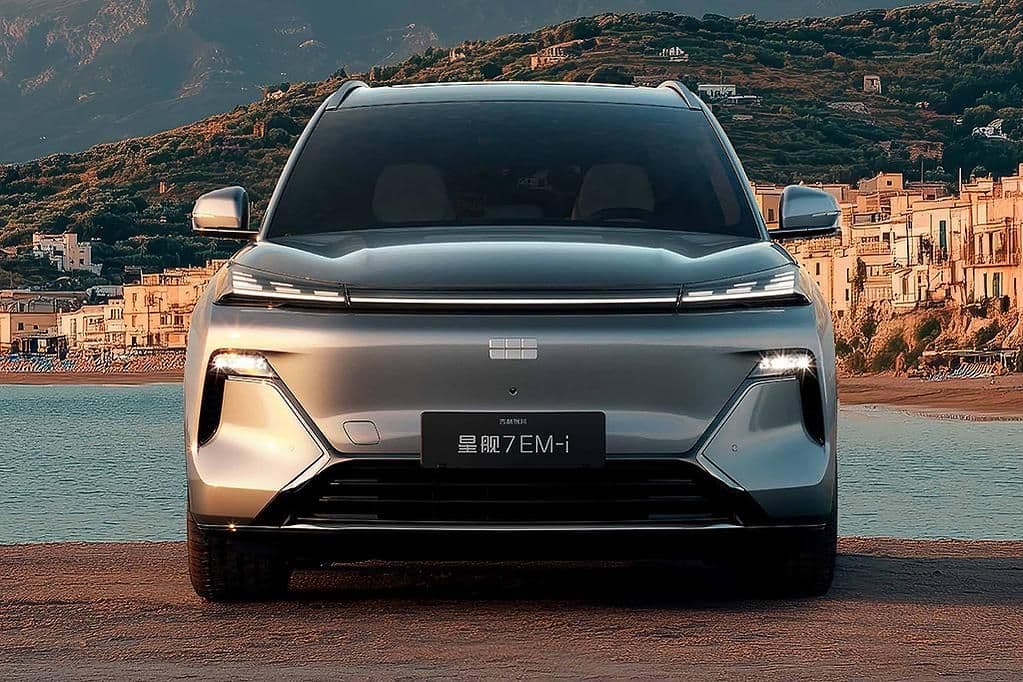
A new report from TD Economics confirms what EV enthusiasts have long suspected, despite their higher initial emissions, BEVs dramatically outperform internal combustion engine (ICE) vehicles over their entire lifespan. The research looked at the full “cradle-to-grave” life cycle of vehicles, factoring in everything from raw material extraction and manufacturing to energy use and end-of-life disposal. The results? Even in regions where electricity is still generated from fossil fuels, BEVs come out on top.
▶️MORE: How Long Do Electric Car Batteries Last?
How Do EVs Compare Over a Lifetime?
The report found that across Canada’s electricity grid, BEVs produce between 70% and 77% fewer emissions over their lifetime compared to petrol and diesel vehicles. Even if a BEV’s battery needs replacing before the vehicle reaches the end of its life, emissions savings still range between 59% and 69%.

This is particularly relevant for Australia, which has a higher proportion of renewables compared to Canada. While our electricity grid is a mix of renewables and fossil fuels, varying from state to state. Tasmania, for instance, already runs almost entirely on renewable energy, making BEVs a clear-cut winner. Even in states like Victoria, which still relies heavily on coal, EVs remain the greener choice due to their superior efficiency.
▶️MORE: Are Electric Cars Better For The Environment?
Why Are BEVs More Efficient?
One of the key reasons BEVs win in the long run is efficiency. Traditional petrol and diesel engines are notoriously inefficient, wasting a staggering 75% to 84% of their energy as heat. That means for every litre of fuel you put in, only about 16% to 25% actually moves the car forward.
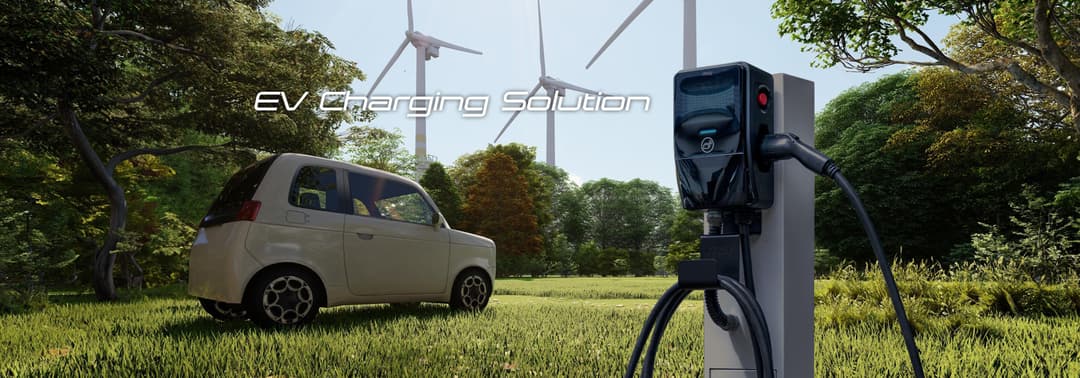
BEVs, on the other hand, are far more energy-efficient. They use around 87% to 91% of the electricity stored in their batteries to propel the vehicle. While some energy is lost in the drivetrain, regenerative braking helps recapture around 22% of that lost energy, improving overall efficiency.
▶️MORE: What are LFP, NMC, NCA Batteries in Electric Cars?
The Role of Battery Production in Emissions
Yes, BEV manufacturing produces roughly twice the emissions of an ICE vehicle, primarily due to battery production. The mining and refining of materials like lithium, nickel, and cobalt are energy-intensive processes, and the chemical production of battery components requires high temperatures.
The battery itself accounts for nearly half of a BEV’s total life-cycle emissions and up to 60% if a replacement battery is needed. However, even when factoring in a full battery replacement, BEVs still maintain a significant emissions advantage over ICE vehicles.
▶️MORE: Electric Car Range: Everything You Need to Know
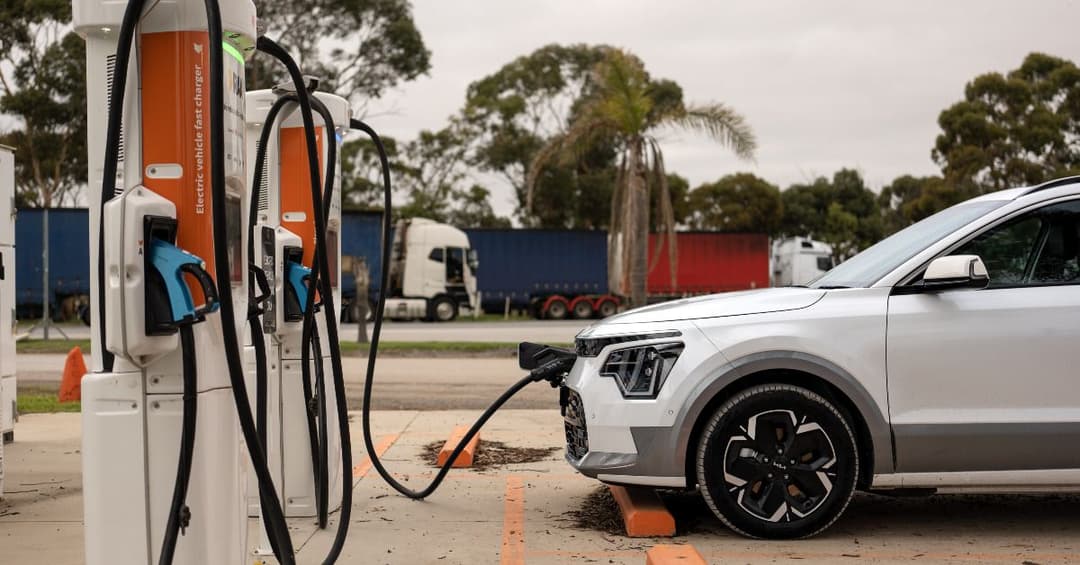
Energy Use: BEVs vs. Petrol Vehicles
To put things into perspective, the study found that a petrol-powered SUV consumes between 6.7 and 21.7 litres of fuel to travel 100 kilometres. A comparable BEV requires just 20.9 to 44.6 kWh of electricity to cover the same distance, the energy equivalent of just 2.3 to 5.0 litres of fuel.
Essentially, a standard petrol SUV uses roughly four times as much energy as its electric counterpart. That’s a staggering difference and a major reason why EVs have a much lower carbon footprint over time.
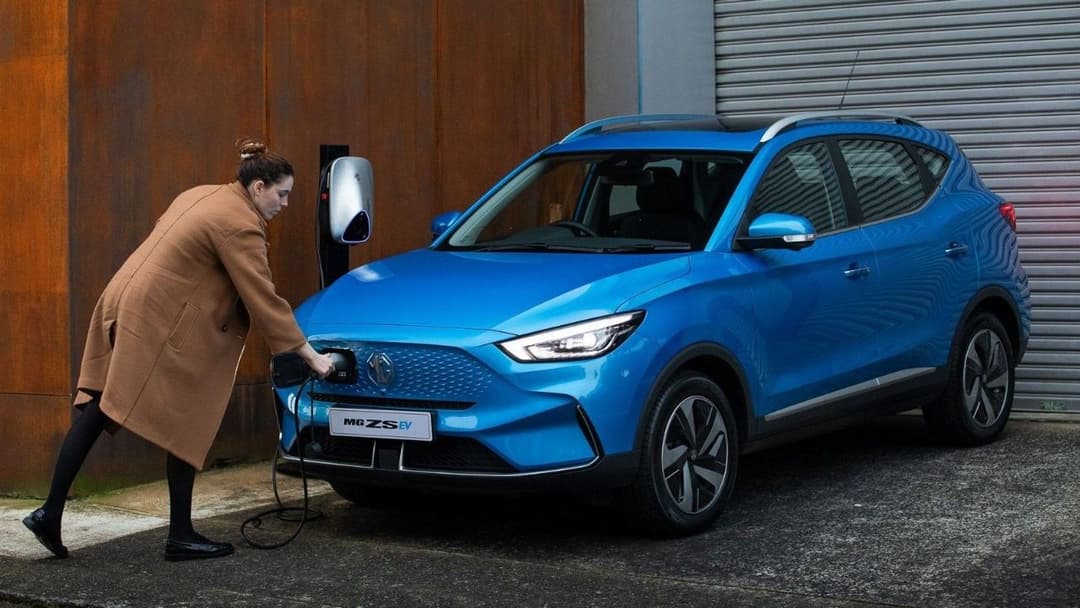
Australia’s Electricity Grid: A Key Factor
The emissions advantage of BEVs also depends on how clean the electricity grid is. The report found that across Canada, electricity grid emissions were 61% lower than those from petrol production and consumption. In provinces where the grid was predominantly powered by hydro, wind, or nuclear, BEV emissions were even lower.
The same logic applies in Australia. In states like Tasmania and South Australia, where renewables make up a significant portion of the energy mix, the environmental benefits of EVs are even greater. As of 2024, renewable energy sources accounted for a record 46% of Australia's electricity supply in the National Electricity Market (NEM).
As Australia continues to transition towards cleaner energy, BEVs will only become more sustainable over time.
➡️GUIDE:What should you consider when buying an electric car?
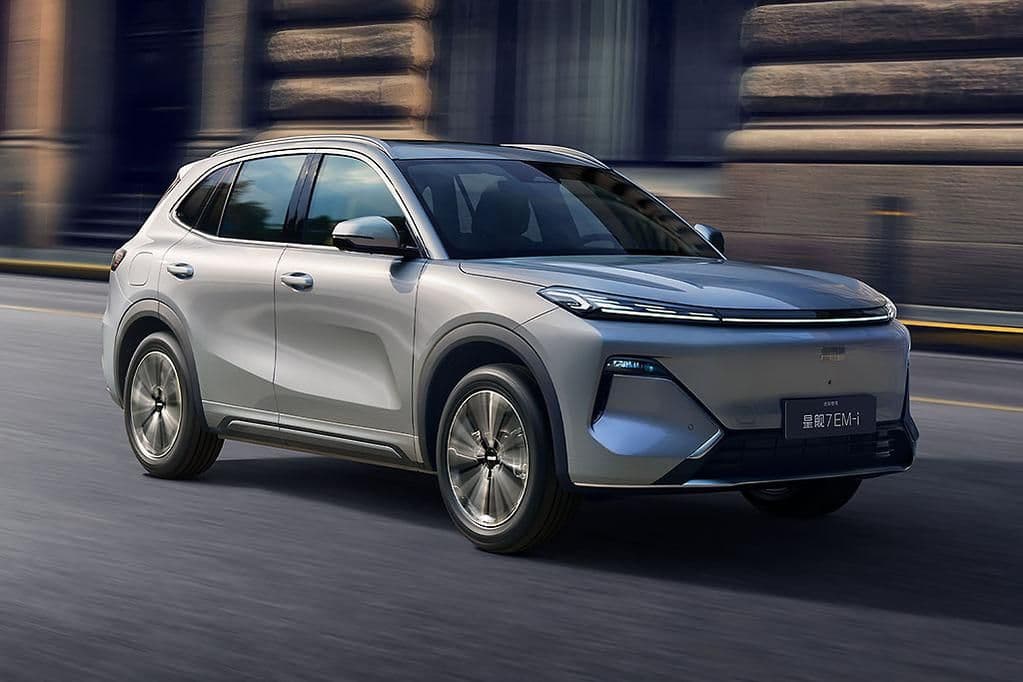
Battery Longevity: A Lingering Concern
One question that remains is battery longevity. Because most BEVs in Australia have only been on the road for a few years, long-term battery performance is still being assessed. However, the study emphasised that even if a BEV requires a battery replacement, the overall emissions savings remain substantial.
For an SUV, even with a battery replacement factored in, BEV life-cycle emissions are still 68% lower than for a petrol vehicle. With battery technology improving and recycling efforts ramping up, future BEVs will likely be even cleaner.
▶️MORE: 5 Cheapest Electric Cars in Australia (2025)
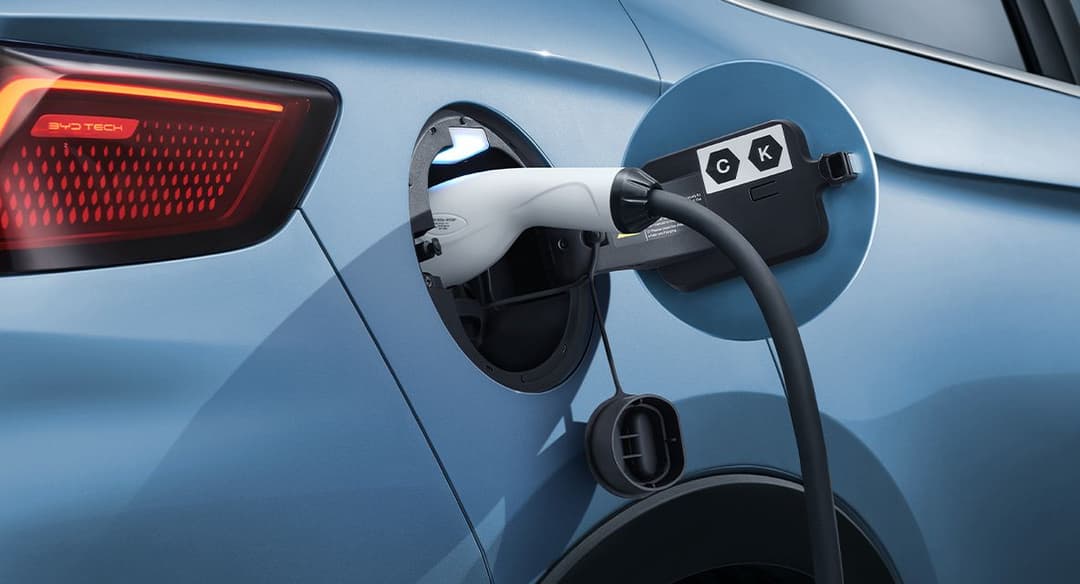
Zecar's Take: BEVs Are the Future
While critics often point to the emissions from battery production as a downside, the bigger picture tells a different story. The superior energy efficiency of BEVs, combined with their ability to run on increasingly cleaner electricity, makes them the clear winner over their full lifespan.
For Australians looking to cut their carbon footprint, transitioning to an EV isn’t just a good idea, it’s one of the most effective ways to reduce transport emissions. And with renewable energy adoption on the rise, the future is looking brighter for electric mobility.
Stay up to date with the latest EV news
- Get the latest news and update
- New EV model releases
- Get money savings-deal

Privacy policy